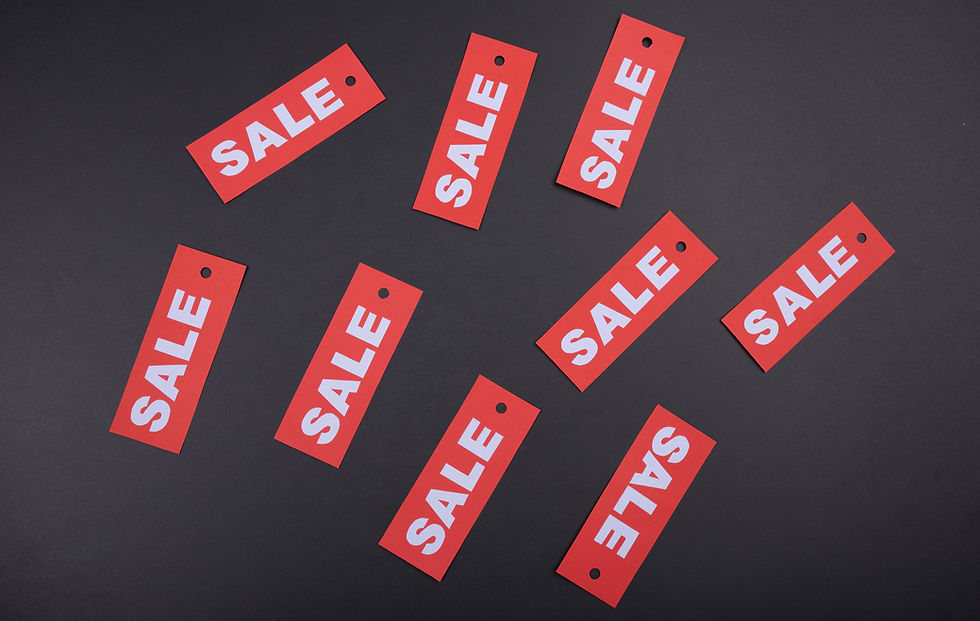Looking at the 21st Century shopping experience, some might say that we as consumers have too much choice, with more products and services available now than ever before, to what extent is this true?
The average weekly shop includes groceries, toiletries and other necessities, but not every shopper purchases the same products. Due to the mass product range from different retailers, more choice is available to consumers encouraging more competition and advertising.
What is Consumerism?
Consumerism is the protection or promotion of the interests of consumers and is usually when brands take a more considerate approach with consumers (usually through marketing).
Consumerism is a relatively new term and first came about in the early 20th Century soon after WW1. After rationing and famine during the war, shoppers were soon seen as consumers. Before the introduction of new products, many people lived on bread and potatoes, however with more trade and innovation, consumers had something new to look forward to: choice!

The 20th Century saw the introduction of many of our current well-loved brands such as McDonald's, Wal-Mart (incl. Asda), Adidas and much later Apple. Sure these brands are big now but just how did they get this big? Easy answer is- marketing!
Choice, choice, choice! How do I decide?
Sure choice is great but making the right choice isn't always as easy as it sounds; that's where marketing comes in!
I guarantee if you turn on your TV, radio or even switch onto YouTube, you will indefinitely see an advert trying to sell you something or get you to subscribe to their services. Sometimes this can put a lot of pressure onto the consumer and feel like a bombardment- especially when you just want to do something simple like watch a YouTube video tutorial.
Marketing is good for both the consumer and the brand, as it is an effective way to communicate ideas and sell products or services, however excessive marketing can create the wrong impression for the consumer. Pop-up ads are the perfect example for this wherein it is often impossible to close the ad without visiting the brands webpage. Scenarios like this show where the consumer isn't being considered and their needs are being ignored, as the brand is solely focused on selling their product or service.

Although marketing can sometimes be evasive, the effective use of marketing does help us as consumers make an informed decision on what we purchase. If for example you were looking to buy a new pair of trainers, and a brand such as Nike had an entertaining marketing campaign, however an alternative brand had a lesser entertaining campaign, you would ordinarily be more drawn to buy from Nike; however brand loyalty may affect this decision.
The term "spoilt for choice" certainly applies to 21st Century marketing campaigns deployed by brands to help us make a decision, however with so many brands around in saturated markets, this can come across as too much to the average consumer with the excessive use of marketing in modern day media.
The environmental impact of all this choice
MNCs have a corporate social responsibility to protect the environment and the community within, however with many large companies focusing primarily on profits, the environment is often the place that suffers.
Creating all this choice for the consumer may create short-term customer satisfaction and boost short-term sales however the effects to the environment are long-term. The increase in choice means an increase in manufacturing and production, which then in effect increases pollution and creates a rise in CO2 and other greenhouse gases (GHGs). Though the consumer is happy with their product or service the same can't be said for the environment.
With 30,000 products being launched (on average) every year, the increase in choice for the consumer is having a greater effect on the environment year on year. If we as consumers don't find alternative ways to shop and reduce consumption, we could find ourselves causing more harm than good.
A common trend seen since the pandemic is recycling clothing on sites, such as Vinted or Depop. This allows for clothes to be reused (reducing wastage and decreasing the negative effects to the environment), allowing consumers to still have the same amount of choice observed in standard retail. Recycling fashion also reduces manufacturing costs as there is less demand for products directly from primary sellers and more demand from secondary sellers.

The shift in consumer habits creates a safer environmental space and creates more sustainable awareness which can help create a brighter, more sustainable, future. Increased awareness may be as a result of social media and the focus on sustainability for business and consumers which is often popular in Gen-Z. Environmental pressure groups such as Extinction Rebellion, and organisations like Greenpeace and the Carbon Trust, may help raise awareness to pave way for a more sustainable future, but it all starts with YOU as a consumer.
It all starts with YOU!
It's fair to say that we all like to have choice and the freedom to make our own decisions without external pressures, however these actions have consequences to the environment and the world around us.
The introduction of choice has meant that we have gone from having only the bare necessities available in supermarkets to having an endless range of products (including many international brands). This has also created more competition for brands and increased overall customer satisfaction as we can literally get anything we want either online or in-store.
Choice is good overall but having too much choice can lead to irresponsible purchases which can produce negative externalities to the environment, creating long-term environmental impact which may affect future generations. If we as consumers continue to follow the trend of recycling fashion and don't resort to buying a brand new outfit for every occasion, we could not only save money, but also save our environment.

Comments